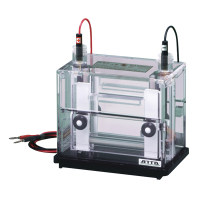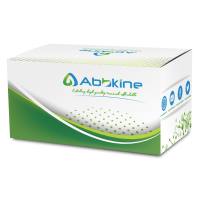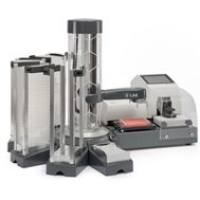Casting and Running Vertical Slab-Gel Electrophoresis for 2D-PAGE
互联网
766
The second dimension of 2-D-PAGE uses denaturation and detergent, usually sodium dodecyl sulfate (SDS), to separate proteins by exploiting their molecular mass differences. During SDS-PAGE, all the proteins in the mixture have the same net charge per gram, and movement through the gel is based solely on the molecular mass of the proteins. This is ideal for 2-D-PAGE, because the first-dimension isoelectric focusing is charge-based, and thus, the proteins have been separated by two independent parameters. To achieve a separation based on molecular weight, it is necessary to overcome the intrinsic charges of the protein by loading the protein with the charge modifier SDS, an anionic surfactant with a C12 alkyl tail and an ionic head group. SDS swamps the intrinsic charge of proteins, thus disrupting hydrogen bonds and hydrophobic interactions and preventing protein aggregation. When SDS is used in combination with a reducing agent to cleave disulfide bonds, the proteins are unfolded and form ellipsoid shapes coated in SDS. During electrophoresis in a sieving gel, the denatured SDS polypeptides migrate according to molecular size, and there is a linear relationship between the logarithm of the molecular weight and the relative distance the polypeptides move.









